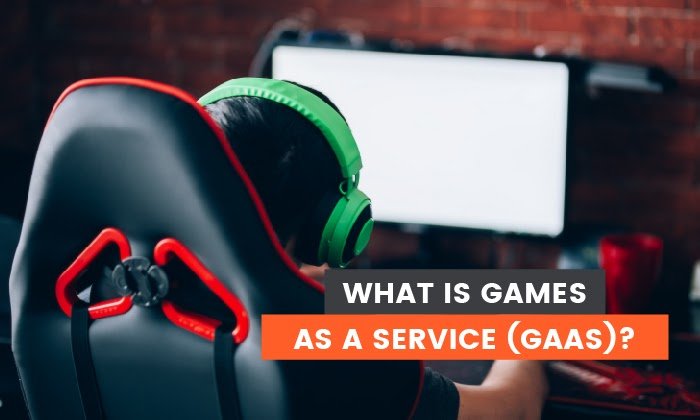How the designers of Candy Crush maintain the balance between monetization and fun
For over a decade, leading mobile game Candy Crush has threaded the needle between monetization and fun. As the game turns 10, its developers are experimenting with new ways to turn it into potential revenue or advertising inventory — but they have to tread lightly to avoid upsetting this delicate balance.
To learn how Candy Crush developer King maintains equilibrium between the game’s entertainment value and its role as one of the company’s largest revenue drivers, Digiday spoke to 10 King employees, including rank-and-file level designers and C-suite executives. (Editor’s note: Activision Blizzard, King’s parent corporation, paid for this reporter to travel and board for a two-day press tour of the company’s headquarters).
Across the board, King employees emphasized that their work on Candy Crush prioritizes entertainment over potential revenue. Monetization is an important aspect of Candy Crush, King staffers told Digiday, but players should never feel pressured to spend money inside the game.
Candy Crush has always been free-to-play, and King has gone back and forth on the inclusion of ads in the game. Early versions of Candy Crush featured ads, but King removed all ads in 2013 to focus on in-game purchases, which have always been present in the game. King quietly re-introduced rewarded ads to Candy Crush in 2018, but company staff have continued to refer to in-game ads as a “test feature” as recently as November 2022.
“I would argue that any time you have a really great product, people are more interested in investing in it — so that’s the key,” said Abigail Rindo, a narrative design director at King. “Part of the charm of Candy [Crush] is that anybody can play it, no matter where they are or what their situation is.”
Indeed, Candy Crush’s greatest asset is its massive user base. So far, the game has been downloaded over 3 billion times across platforms, boasting over 240 million active players every month. This stunning growth is a reflection of the Candy Crush’s high entertainment value — not its incorporation of ads or in-game purchases.
Focus on fun notwithstanding, King is still a business that needs to make money to survive. Beginning in 2020, Activision Blizzard has gradually implemented more potential revenue streams into the game, including both traditional ads and partnerships with brands such as “Space Jam” and “Sonic 2.” The integrations are relatively simple, with in-game candies transforming into brands’ logos or mascots and characters such as Lola Bunny and LeBron James cheering the player on from the top of the screen.
In Candy Crush, players who watch ads — which are usually between 30 and 60 seconds long — are “rewarded” with in-game bonuses, such as “boosters” that make levels easier to beat — which means workers at Activision Blizzard Media, the corporation’s in-game advertising arm, must regularly coordinate with King’s level designers to make sure ad-rewarded boosters don’t make any levels too much of a breeze.
“Every single one of these decisions is very considered and conscientious, and done in …read more
Source:: Digiday





